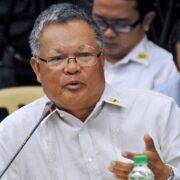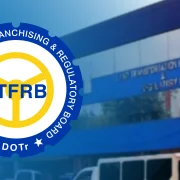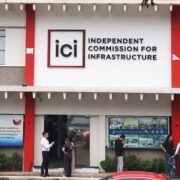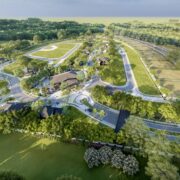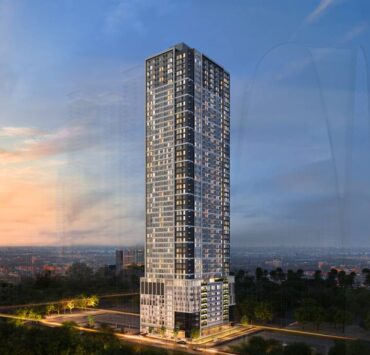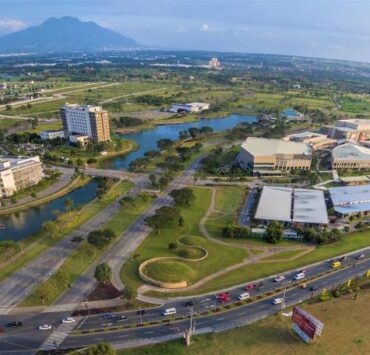Healthy summer in the city: Claiming our streets, open spaces for active leisure
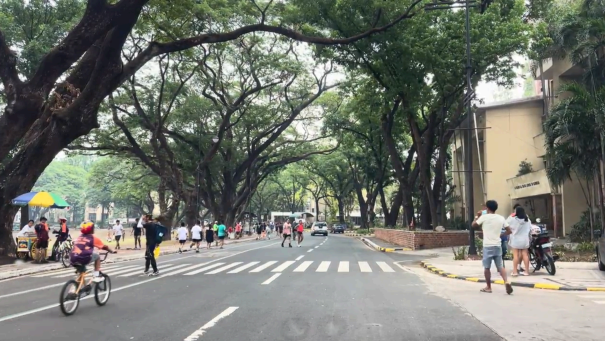
It’s the start of summer break, and the air is abuzz with excitement.
Children are out of school, and parents are plotting their next grand adventures with their families. There’s an undeniable charm in this season—a time for morning bike rides, late afternoon picnics, and running wildly through open spaces. Can parents and kids enjoy summer in their neighborhoods?
Imagine if every community had parks where kids could safely play, streets where families could bike together, and paths inviting enough to make you want to trade your car keys for your walking shoes.
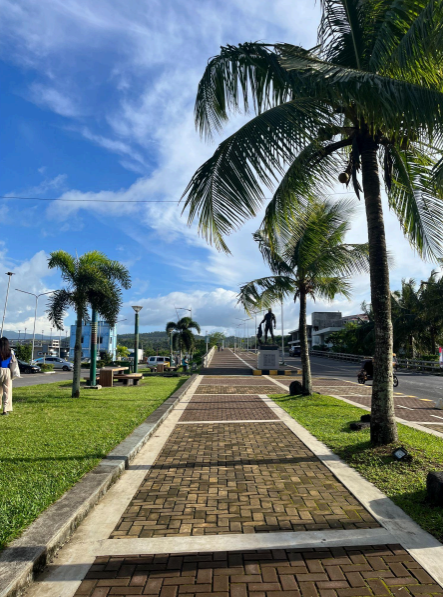
Playing catch up
The reality, though, is that Metro Manila’s open spaces are still playing catch up.
Global urban standards recommend 9 sqm of open space per person, yet we’re stuck at 6 sqm, and 1 sqm for the highly dense areas. The required additional land area is a lost opportunity to breathe, to play, and to just live better.
Whenever I see roads, I can’t help but think about the possibilities they hold. It was during the pandemic that I secured the street in front of my house as an added exercise space which I can access at anytime of the day.
Roads don’t have to be just a corridor for cars. They can be designed or managed for no-car, fully-pedestrianized lanes at certain times of the day. They can connect, lead us to green sanctuaries, and even spark a culture of walking. Walkable roads are the silent indicators of healthy, thriving cities.

Sprawling green oasis
Thankfully, we’ve already got some good things going in the metropolis.
The University of the Philippines Diliman’s sprawling green oasis, for instance, is a place where communities bond. The “five o’clock daily walking culture” around the Academic Oval? It’s a celebration of wellness and camaraderie, and a time for de-stressing after a hard day’s work.
And beyond walking, Metro Manila’s burgeoning running culture is making waves.
Running clubs like Adidas Runners MNL and Asics Running Club Philippines at Bonifacio Global City are equating fitness with coolness. Meanwhile, Rockwell Run Club and UP Run Club are creating pockets of energy and enthusiasm that inspire everyone, including us Gen Xers, to lace up and join in.
Perhaps, we’re learning to relish the joys of a healthy and active lifestyle, thanks to the younger generation.
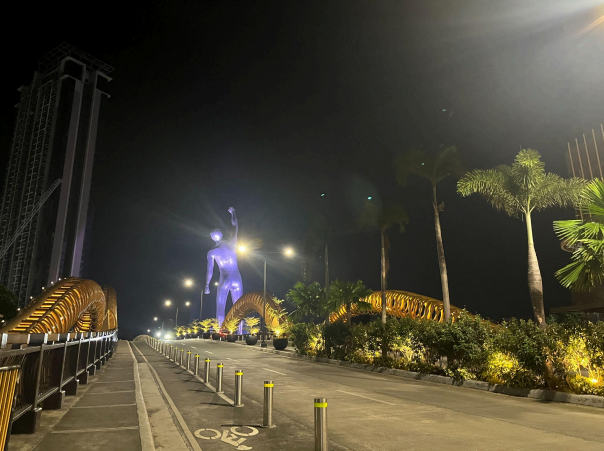
Spaces for play and discovery
For children, spaces like Nuvali in Laguna provide that rare combination of play and discovery. With biking trails, obstacle courses, and sports facilities, it’s proof that suburban developments can be more than just stoic mass-produced houses.
While they are still in the early phases of development, people already enjoy walking and frolic in the recreational grounds of Bridgetowne and Arcovia.
Places like Greenbelt in Makati, with its lush pockets of greenery in the heart of Makati CBD, and the roof deck at SM Mall of Asia, invite visitors to play in their state-of-the-art Football Pitch, and bring their furry pets in the Paw Park. These spaces are a testament to what’s possible when there is responsive urban design and architecture that prioritize people’s well-being.
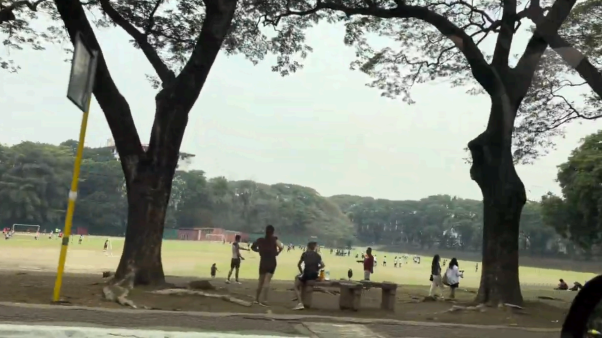
Let’s not forget Metro Manila’s urban planning jewels, each a nod to cultural landscapes and masterful visions.
Rizal Park stands as both a historic and green heart of the city which is an accessible haven for a lot of visitors, both locals and tourists. The Quezon Memorial Circle offers a dynamic mix of history, recreation, and community. And Roxas Boulevard? It’s where Manila’s sunset pairs perfectly with an evening stroll.
Even beyond Metro Manila, we find treasures: the Iloilo Esplanade with its stunning riverside views; Burnham Park in Baguio, a cool escape with its lush gardens; Legazpi Boulevard’s breezy seascape; and Plaza Independencia in Cebu, where history meets relaxation.
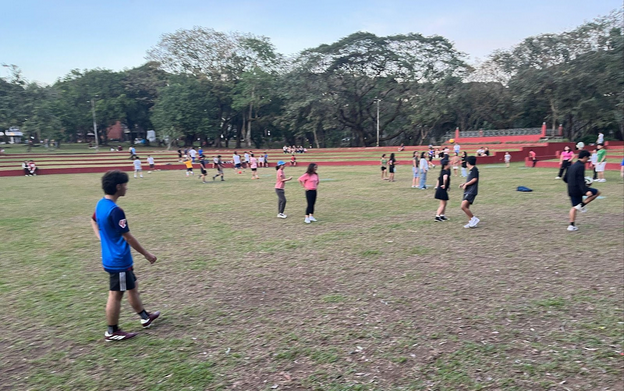
Claiming streets, open spaces
These spaces are where life happens, and they serve as reminders of how parks and open spaces can rejuvenate its people.
As I look at streets and open spaces in our cities, I wonder, could they be designed and claimed for more? Could they be spaces where pedestrians roam freely and safely, and where children can bike without fear? And when you see open spaces, do they make you feel a deeper connection with nature? Do they make you want to walk more, to savor the pavement with every step, and to breathe deeply, knowing that the city cares for you as much as you want to take care of our children and our world?
The health of a city lies in its streets and open spaces. Let’s dare to dream of cities that enable fun, activity, and community as the fundamental drivers and main essence of their growth.
The author is an accomplished architect and mother of three. Currently an Assistant Professor at the University of the Philippines Diliman, she serves as its Urban Design Studio Laboratory Coordinator, leading projects focused on urban design, urban lighting, women spaces and resilient coastal developments
Richelle Rhea R. Baria is a dedicated mother of three and an architect. She is an Assistant Professor and is currently pursuing her PhD in Designed and Built Environment (DBE) at the University of the Philippines Diliman, where she also serves the Urban Design Studio Laboratory Coordinator. Her research and design interests encompass architectural and urban design, architectural and urban lighting, the creation of women’s spaces, and the development of resilient coastal cities.





